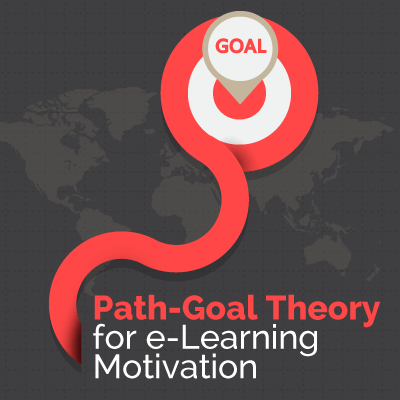What is Path-Goal Theory?
The Path-Goal Theory says that a leader can affect the performance, satisfaction and motivation of a group in 3 ways:
- Clarifying how to achieve performance goals
- Removing any obstacles that stop employees from achieving performance goals
- Giving rewards when employees achieve these performance goals
Where did Path-Goal Theory come from?
Leadership expert Robert J. House developed the Path-Goal Theory in 1971 and then revised it in 1996. House received his Ph.D. in management from the Ohio State University in 1960 and was also a founder of the Global Leadership and Organizational Behavior Effectiveness Research Program (GLOBE) in the early 1990s. In an article in Leadership Quarterly, he describes the essence of the Path-Goal Theory as “the meta proposition that leaders, to be effective, engage in behaviors that complement subordinates’ environments and abilities in a manner that compensates for deficiencies and is instrumental to subordinate satisfaction and individual and work unit performance.”
How does Path-Goal Theory apply to e-Learning?
The Path-Goal Theory is identified by four leadership behaviors, which you can use to motivate the learners in your online training program. Each behavior should maximize employee outcomes as a result. Here are the four styles of leadership that House illustrated in the Path-Goal Theory, along with how you can apply them to e-Learning:
Achievement-oriented Leadership
The instructor should set goals that challenge employees, which will encourage performance excellence. No childish questions or patronizing tone. This shows employees that you have faith in their achievement, which motivates them to follow through.
Directive Leadership
Clarify specific expectations to employees regarding the e-Learning course and their future job performance. You can build these expectations into your course with learning objectives that provide clear direction.
Supportive Leadership
Create a friendly working environment by increasing employees’ self-esteem and making their jobs more interesting. For example, you can create more engaging training and reward learners along the way to support their effort.
Participative Leadership
Listen to your employees’ ideas. For e-Learning, you can create a post-course evaluation. It’s a great way to find out what your learners liked and what they didn’t like, plus motivate employees with participative leadership.
Now that you know a little about the Path-Goal Theory, you’re ready to motivate your learners. Add achievement-oriented, directive, supportive and participative leadership styles to your next online training program!
Looking for an authoring tool to create that next e-Learning course? Try a free 30 day trial of Lectora® e-Learning software!
For more psychology for e-Learning strategies, read this blog post: The Secret to e-Learning Success and Happiness: Flow.








